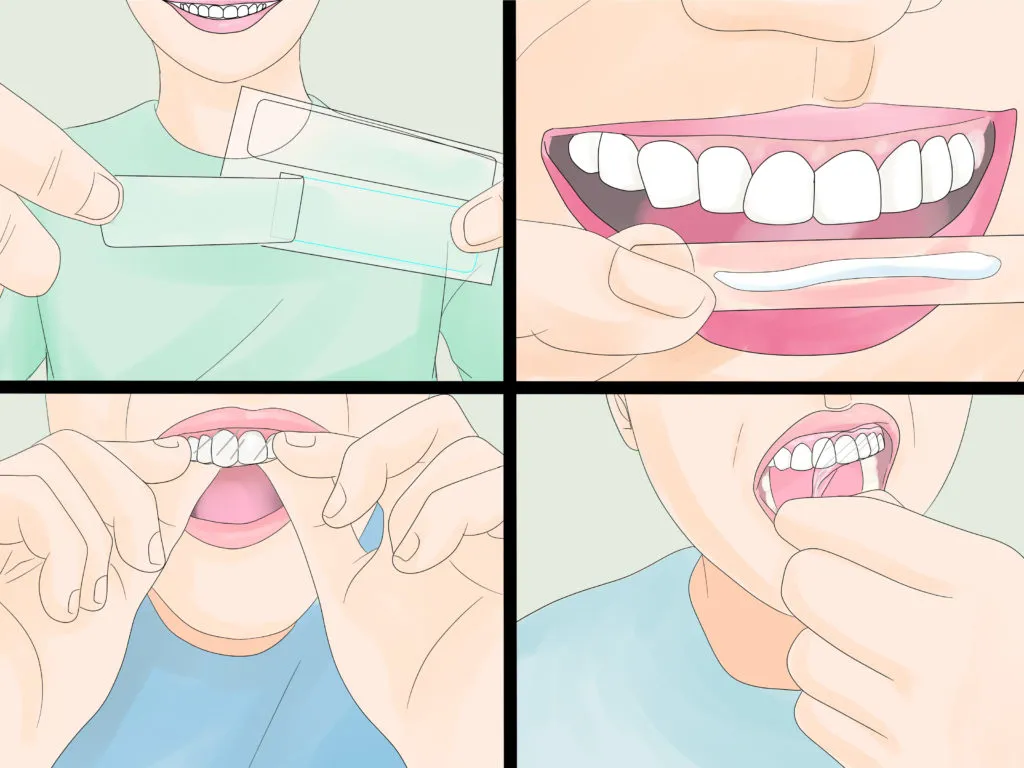Understanding Teeth Whitening Strips
Teeth whitening strips have become a popular choice for those seeking a brighter smile, offering a convenient and accessible way to enhance the appearance of your teeth. These thin, flexible strips are coated with a whitening agent, typically hydrogen peroxide or carbamide peroxide, designed to adhere directly to the teeth. The primary appeal of whitening strips lies in their ease of use and the ability to administer them at home, without the need for professional dental procedures. They are readily available over-the-counter, making them a convenient option for anyone looking to improve their smile’s aesthetic appeal. However, it is important to understand how these strips work, the factors that affect their efficacy, and the importance of following usage instructions to achieve optimal results safely.
How Do Whitening Strips Work?
Whitening strips function through a chemical process that targets the discoloration of teeth. The active ingredient, most commonly hydrogen peroxide, penetrates the enamel and dentin layers of the teeth. Once inside, the peroxide breaks down into smaller molecules that react with the stain-causing compounds. These compounds are then broken down, effectively lightening the appearance of the teeth. The effectiveness of this process depends on various factors, including the concentration of the whitening agent, the duration of application, and the individual’s tooth structure. The peroxide molecules act as an oxidizing agent, removing stains caused by food, drinks, and the natural aging process. This process can reverse or reduce the intensity of stains, leading to a noticeably brighter smile. The consistent and correct use of whitening strips is crucial for achieving and maintaining the desired results.
The Science Behind Teeth Whitening
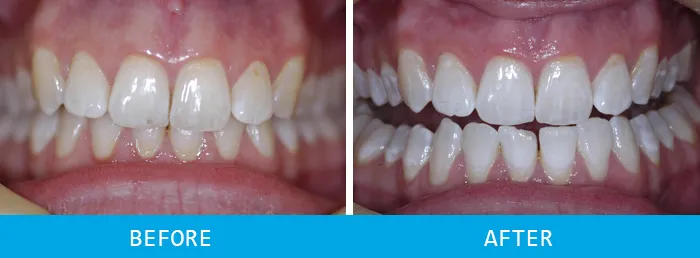
The science behind teeth whitening revolves around the chemical reactions that occur within the tooth’s structure. The enamel, the outermost layer of the tooth, is porous and can absorb staining compounds over time. These stains accumulate from various sources, including pigmented foods and drinks, smoking, and the natural aging process. When whitening agents come into contact with these stains, they trigger an oxidation process. This process effectively neutralizes the stain molecules, breaking them down and thereby lightening the overall color of the tooth. The concentration of the whitening agent, the duration of application, and the frequency of use all contribute to the extent of this whitening effect. Understanding this science is crucial to appreciate how the products work and how to use them safely and effectively. Furthermore, it highlights the importance of adhering to instructions to avoid damaging your teeth.
Factors Influencing Whitening Strip Duration
Several factors influence how long you should leave whitening strips on your teeth, influencing both their effectiveness and the potential for side effects. The most crucial factor is the specific product’s instructions. Each brand formulates its strips differently, and the recommended application time varies. The concentration of the active whitening agent, usually hydrogen peroxide, dictates how quickly and effectively the strips work. Higher concentrations often require shorter application times, but also increase the risk of sensitivity. Your individual tooth structure and the nature of the stains also play a role. Some teeth whiten more quickly than others, and certain stains are more resistant to the whitening process. The frequency of use, the presence of dental work, and your existing oral health conditions also influence the duration of use. Therefore, carefully reading and adhering to the product’s instructions is paramount. If you’re unsure, consult a dentist for personalized guidance.
The Importance of Following Instructions
Strictly adhering to the manufacturer’s instructions is of utmost importance when using teeth whitening strips. These instructions are meticulously crafted to ensure both the efficacy of the product and the safety of your teeth and gums. Overuse or incorrect application can lead to a range of adverse effects, including increased tooth sensitivity, gum irritation, and in severe cases, damage to the tooth enamel. The instructions typically specify the application time, which can vary from 5 to 30 minutes depending on the product’s concentration and formulation. They also advise on the frequency of use, usually once or twice a day for a specified period. Failing to adhere to these guidelines can reduce effectiveness, and potentially cause unwanted side effects. Always follow the recommended usage to protect your oral health and achieve the best possible whitening results.
Different Types of Whitening Strips
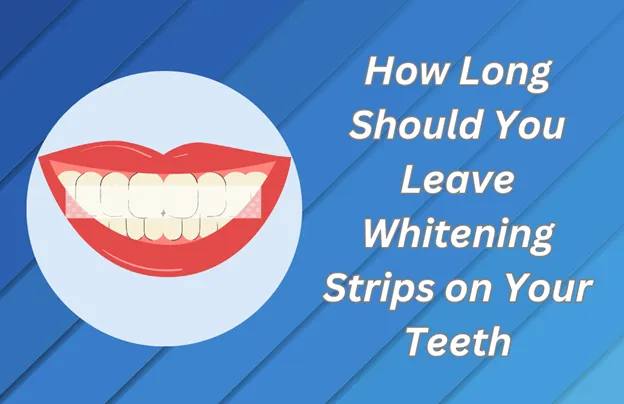
There are various types of whitening strips available, each with unique characteristics and intended uses. The most common type contains hydrogen peroxide as the active whitening agent. These strips come in different concentrations, influencing the recommended application time and potential for sensitivity. Some brands also offer strips designed for sensitive teeth, with lower concentrations and milder formulations. Another category includes strips that dissolve on the teeth, which are often more convenient but may have varying degrees of effectiveness. There are also professional-grade strips available through dental offices, which contain higher concentrations of whitening agents and offer more dramatic results but require careful supervision. The choice of strip type often depends on individual needs, sensitivity levels, and desired whitening outcomes. Researching and comparing different options can help you select the most suitable product for your specific requirements, ensuring a positive and safe whitening experience.
Adhering to the Recommended Usage Time
The recommended usage time for whitening strips is a crucial element in achieving the desired results while minimizing the risk of side effects. This time varies significantly depending on the product’s concentration of the active whitening agent and the manufacturer’s instructions. Typically, you should leave the strips on for the period specified on the packaging, which might range from 5 to 30 minutes. It is important not to exceed this time, even if you do not see immediate results, as prolonged exposure to the whitening agent can increase the risk of sensitivity and gum irritation. If you experience any discomfort, remove the strips immediately. Using a timer can help you adhere to the recommended duration accurately. Following the usage time recommendations allows the whitening agent to work effectively on the stains while protecting your teeth and gums.
Potential Risks of Overuse
Overuse of teeth whitening strips can lead to a variety of potential risks, including heightened tooth sensitivity. This sensitivity manifests as discomfort when consuming hot or cold foods and drinks. Another significant risk is gum irritation, which presents as redness, swelling, and sometimes even blistering of the gum tissue. Enamel erosion is another concerning effect of overuse, as the whitening agents can weaken the enamel over time, increasing the risk of cavities and other dental problems. Moreover, the overexposure to whitening agents can cause uneven whitening, resulting in a mottled appearance. Therefore, it’s crucial to adhere to the instructions on the product packaging and avoid using the strips more frequently or for longer durations than recommended. If you experience any adverse effects, discontinue use immediately and consult a dentist.
Sensitivity and Irritation
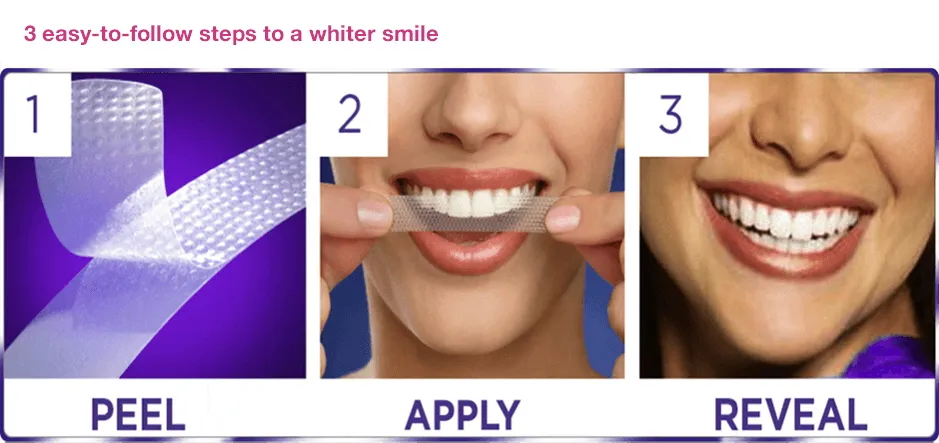
Tooth sensitivity and gum irritation are common side effects associated with the use of whitening strips, especially when they are overused or used incorrectly. Tooth sensitivity occurs when the whitening agent penetrates the enamel, irritating the nerves within the teeth. This can lead to discomfort when consuming hot or cold foods and beverages. Gum irritation often manifests as redness, swelling, or soreness of the gum tissue, caused by contact with the whitening agent. Several measures can help alleviate these symptoms. Using a toothpaste formulated for sensitive teeth can help reduce discomfort. Avoiding overly hot or cold foods and drinks during the whitening process can also minimize sensitivity. If irritation persists, consider reducing the frequency of use or discontinuing the strips altogether. Consulting your dentist is also advised to rule out any underlying dental issues and receive personalized recommendations.
Maximizing Whitening Results
Maximizing the results from teeth whitening strips requires a multi-faceted approach that combines proper usage with good oral hygiene practices. Start by following the product instructions carefully, ensuring you apply the strips for the recommended time and frequency. Maintaining excellent oral hygiene is essential. This includes brushing your teeth twice a day with fluoride toothpaste and flossing daily to remove plaque and food particles that can hinder the whitening process. Limiting the consumption of staining foods and beverages, such as coffee, tea, red wine, and dark-colored berries, can help prevent new stains from forming. Using a whitening toothpaste can also help maintain the results and further brighten your smile. Regular dental check-ups and professional cleanings can remove surface stains and ensure optimal oral health. By integrating these practices into your routine, you can enhance the effectiveness of whitening strips and maintain a brighter, healthier smile for a longer duration.
Top 5 Tips for Using Whitening Strips Effectively
- Read and follow the instructions meticulously: Always adhere to the manufacturer’s guidelines regarding application time and frequency to avoid adverse effects.
- Brush and floss before applying: Ensure your teeth are clean before using the strips for better contact with the enamel and optimal whitening.
- Apply correctly for even coverage: Place the strips carefully, making sure they adhere properly to all surfaces of your teeth for uniform results.
- Avoid staining foods and drinks: Reduce consumption of coffee, tea, and red wine during the whitening process to prevent new stains.
- Consult your dentist: If you have any concerns or experience sensitivity, consult your dentist for personalized advice and guidance.
Aftercare for Whitening Strips
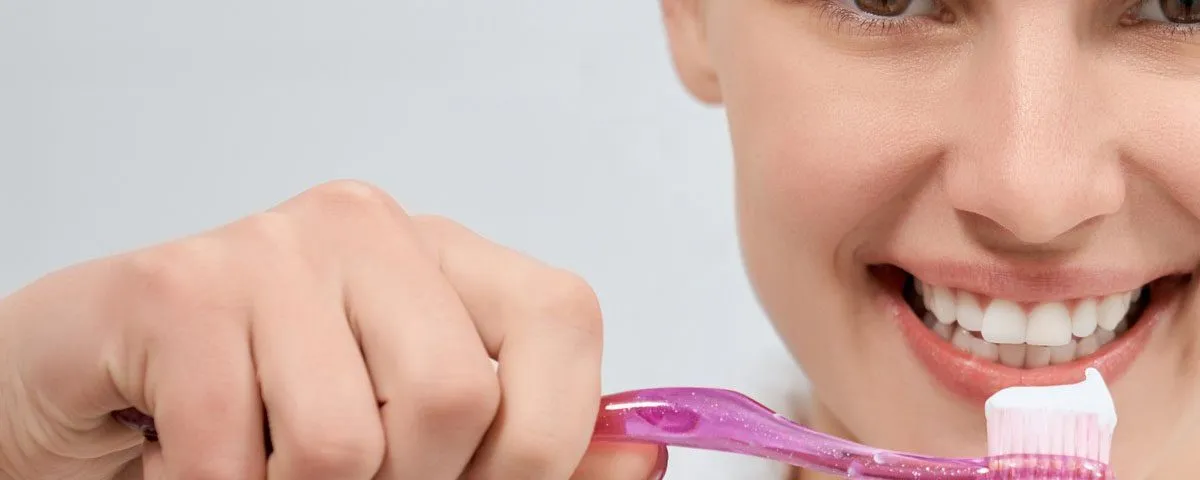
Proper aftercare is crucial to maintain the results of your teeth whitening treatment and protect your oral health. After using whitening strips, rinse your mouth thoroughly with water to remove any remaining whitening agent. Avoid consuming staining foods and beverages, such as coffee, tea, red wine, and dark-colored berries, for at least an hour after application, as your teeth may be more susceptible to staining immediately after treatment. Use a toothpaste designed for sensitive teeth if you experience any discomfort, and consider using a fluoride rinse to strengthen your enamel. It’s also important to maintain a consistent oral hygiene routine, including brushing twice a day and flossing daily. Regular dental check-ups and professional cleanings are vital to remove surface stains and keep your teeth healthy and white. By following these aftercare practices, you can prolong the whitening effects and maintain a bright, healthy smile.
Maintaining Your White Smile
Maintaining a white smile post-whitening involves a combination of preventive measures and consistent oral hygiene practices. To start, limit your intake of foods and beverages that can stain your teeth, such as coffee, tea, red wine, and dark-colored berries. When consuming these items, consider using a straw to minimize contact with your teeth. Maintain a rigorous oral hygiene routine, brushing your teeth twice a day with a whitening toothpaste and flossing daily to remove plaque and food particles. Regular dental check-ups and professional cleanings are crucial for removing surface stains and ensuring optimal oral health. You might also consider touch-up treatments with whitening strips or a professional teeth whitening session every few months, depending on your lifestyle and the degree of whitening you desire. By combining these practices, you can keep your smile bright and beautiful for a longer time.
